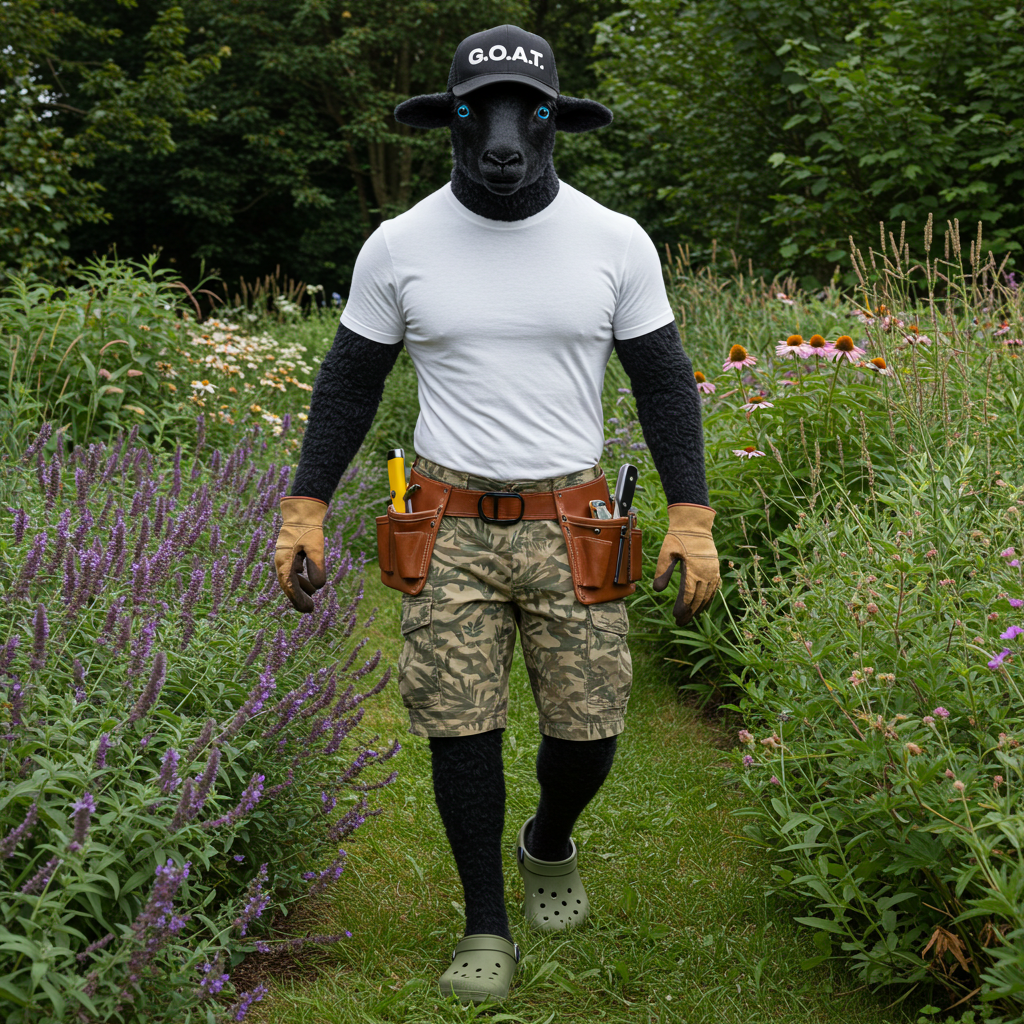Garden Paths and Plant Flow: Designing with Movement in Mind

A garden isn’t just a place. It’s a journey.
Whether you have a full yard or a cozy patch by the porch, the best gardens invite you to move through them—not just past them. They pull you in with a whisper of scent, a flash of colour, a softly swaying stem that makes you lean in and look closer.
Designing with movement in mind isn’t just about where you walk—it’s about how your eyes, feet, and heart travel through the space.
Let’s explore how to create a garden that flows, breathes, and encourages a slower kind of wandering.
🪴 Start With the Path (Even If It’s Just Imaginary)
You don’t need a formal stone walkway to have a path. You just need a sense of direction—something that leads you gently forward.
🌿 Design tips:
-
Use curves instead of straight lines to create mystery and rhythm.
-
Mark paths with mulch, stepping stones, or a well-worn trail through the grass.
-
Let plants soften the edges—nothing stiff or overtrimmed.
-
Anchor views with focal points like a bench, large urn, or even a bold planting.
💡 Try this: Imagine the garden as a story. Where do you want the first sentence to start? What’s the final chapter?
🌿 Plants That Move (and Let You Move With Them)
Movement in the garden isn’t just about where you walk—it’s in the way plants flutter, arch, and drift. These perennials offer natural rhythm and flow, each with their own grace:
💐 Plants that bring softness and motion to the landscape:
-
Gillenia trifoliata (Bowman’s Root) – Wispy white flowers on delicate stems that move like candle flames.
-
Veronicastrum virginicum – Elegant spires with a gentle lean and feathery texture.
-
Tradescantia – Arching stems and jewel-toned blooms that look like falling brushstrokes.
-
Sanguisorba ‘Tanna’ – Bottlebrush blooms that sway in the lightest breeze, perfect for naturalistic borders.
-
Anemone ‘September Charm’ – Late-season floaters with tall, slender stems and soft pink petals that dance at dusk.
🌿 Design tip: Mass them along paths or around curves for movement that feels effortless and intentional. Think meadow edge, not hedge maze.
👀 Guide the Eye With Colour and Texture
Movement isn’t just physical—it’s visual. A well-placed contrast or repetition can pull the eye forward and create a natural sense of flow.
🎨 Use colour intentionally:
-
Warm tones (reds, oranges, golds) advance—great for drawing attention.
-
Cool tones (blues, purples, silvers) recede—use to create depth.
-
Repeating colours or shapes helps the eye “walk” through the space with ease.
🌾 Mix textures:
-
Pair soft grasses with bold-leafed perennials.
-
Combine airy fillers like Amsonia or Salvia with solid bloomers like Echinacea or Rudbeckia.
🌼 Let the Garden Breathe
Sometimes, movement comes from what you don’t plant. A pause, a clearing, a quiet space to step into.
🌿 Leave room to:
-
Sit
-
Stand still
-
Watch the wind move through the leaves
Don’t be afraid of a little open space—it helps the planted parts feel even more alive.
Final Thoughts: Design for Wandering, Not Just Watching
A garden with movement is one that invites you in. You don’t just glance at it from the window—you walk through it slowly, noticing something new each time.
So think about how you move. Think about what catches your eye. Let your garden be more than a place where plants grow—let it be a path, a pause, a dance in the breeze.

